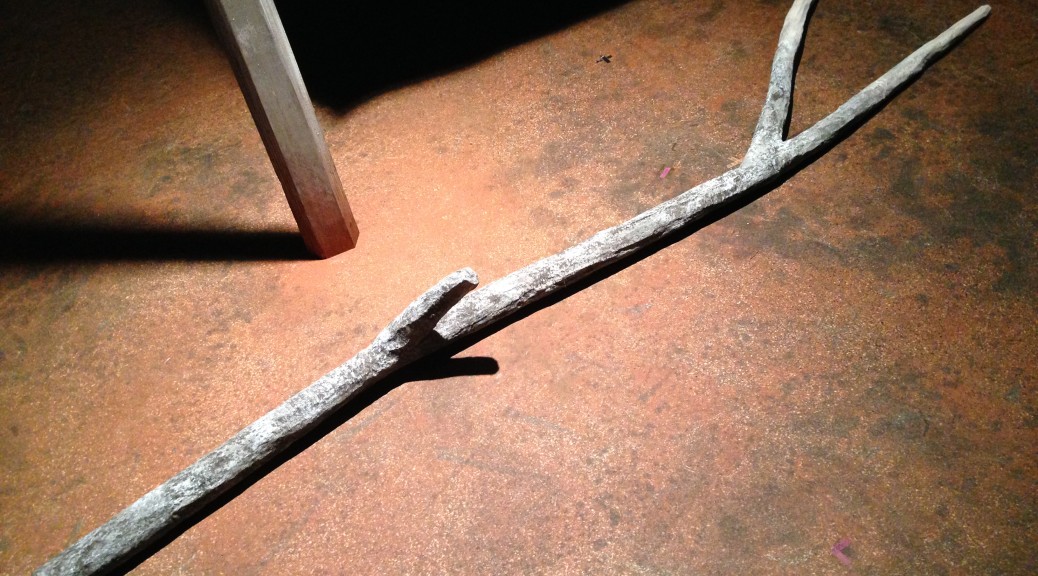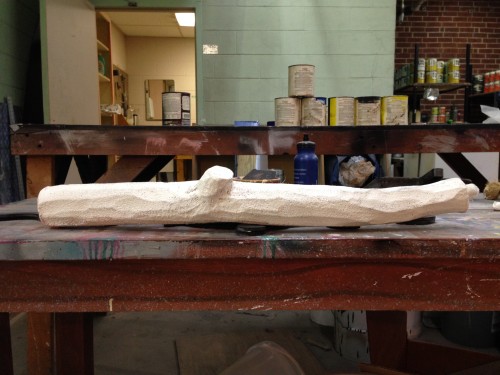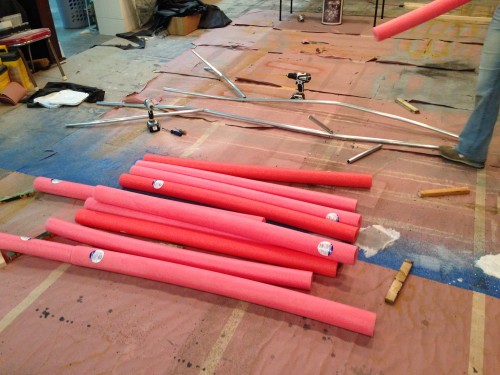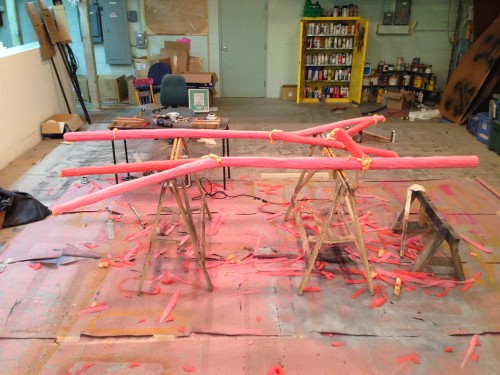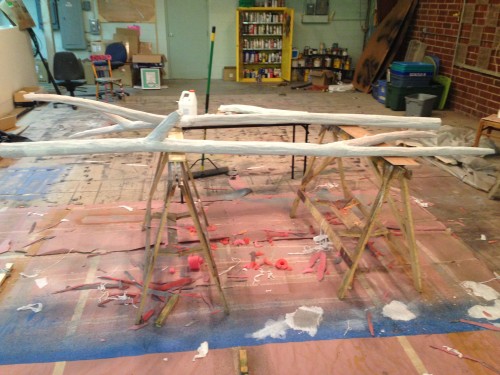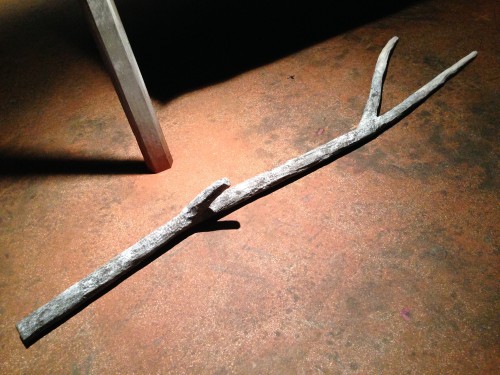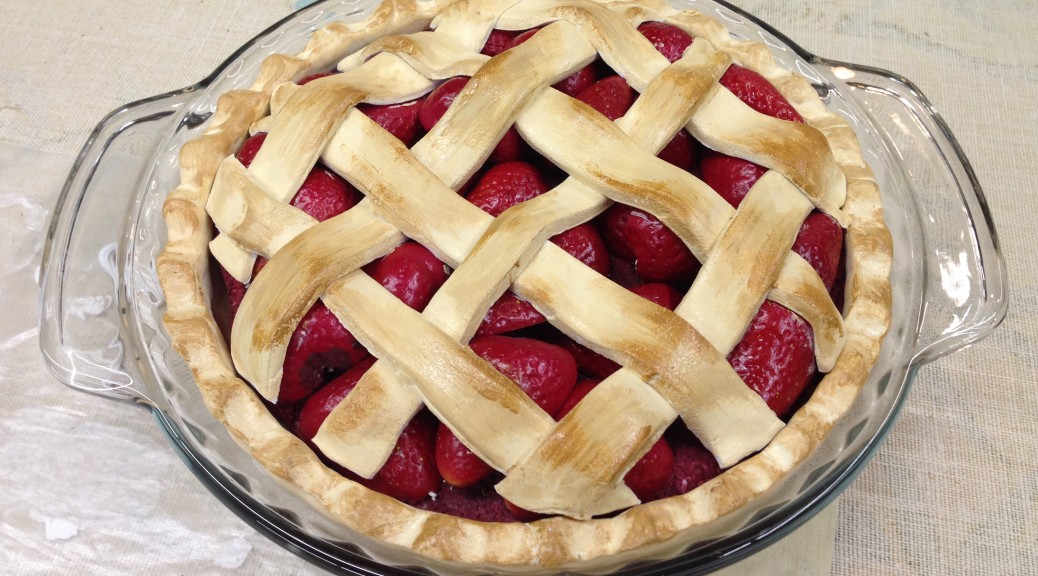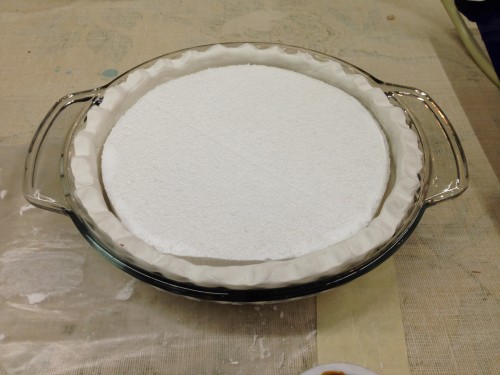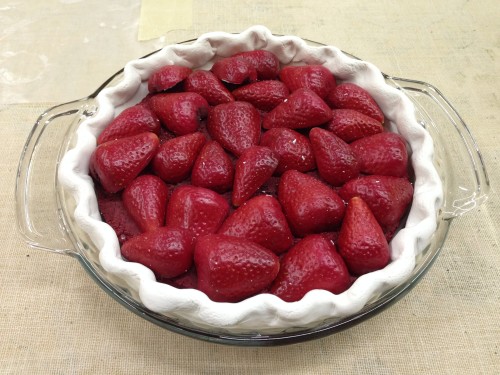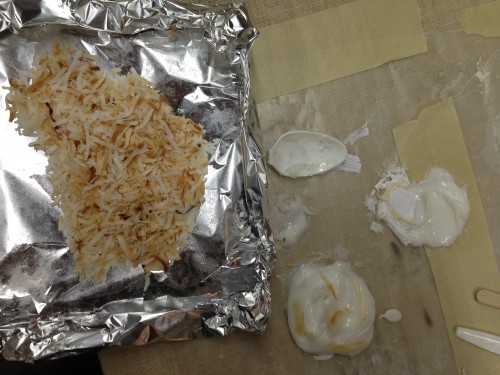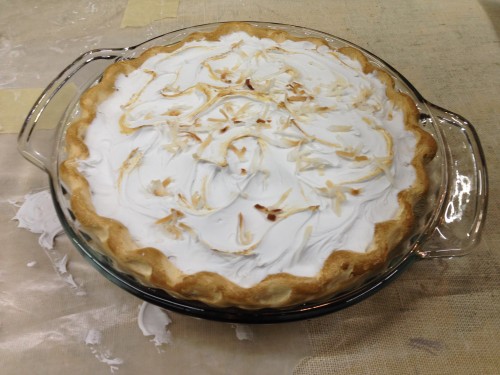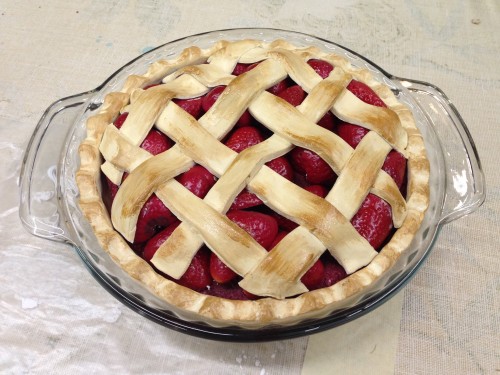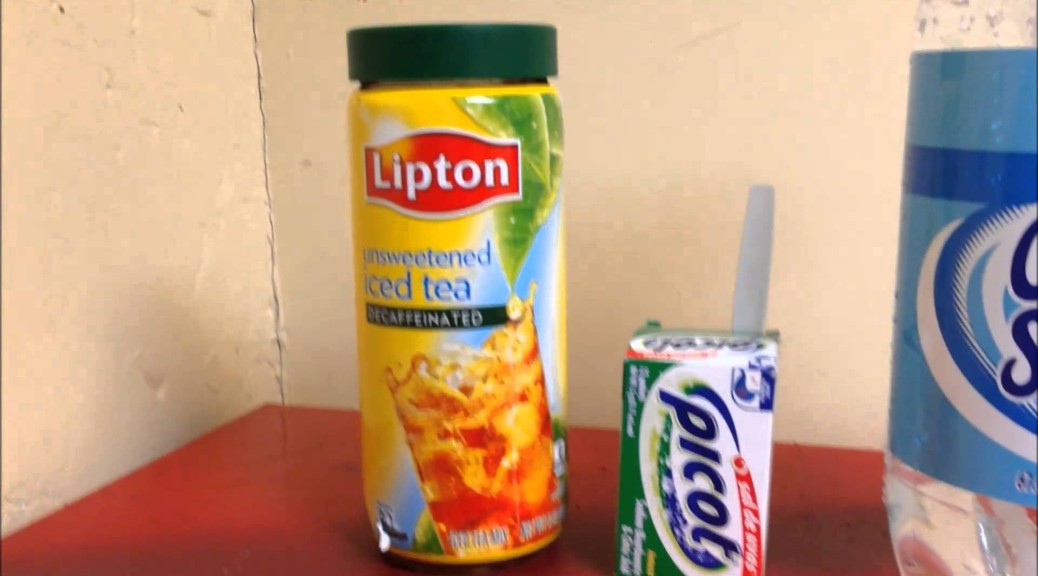The following first appeared in a 1987 issue of the Wall Street Journal:
“Edible Props”, by Laurel Graeber
Jan Marasek spent weeks last fall searching for the perfect date. Not to fill lonely hours on Saturday night, but to fill a box for the actors starring in Neil Simon’s “Broadway Bound.”
“I had such a hard time,” says Mr. Marasek, production property master for Emanuel Azenberg, the Broadway show’s producer. “They didn’t want pits, they didn’t want them coated; the ones from Balducci’s and Zabar’s were too big to mouth. I finally ended up in a health-food restaurant. I’m always looking for dates,” he says with a sigh.
Like many theatrical property people, Mr. Marasek finds that his role often resembles a cross between a maitre d’s and a magician’s. Years ago, he says, scripts frequently called for actors to be smoking; now they always seem to be eating. And edible props are seldom to property masters’ liking. They first have to please the actors, who may have food allergies or dietary restrictions.
“When Carol Channing was starring in ‘Hello, Dolly!’ her doctors came backstage to ask what she was eating,” remembers Mr. Marasek. “In one scene, she gobbled down dumplings, which were made of spun sugar so she could eat them easily. It turned out we were giving her about a cup of sugar per performance.” When her physicians demanded an immediate change, Mr. Marasek worked with property man Leo Herbert to produce dumplings made of thin paper sprayed with tea and shaped over small light bulbs to dry. At each performance, Miss Channing would “eat” the dumplings and dispose of them discreetly when she wiped her mouth.
Since almost no one would appreciate the same foods eight times a week, property men have devised creative substitutes. Mr. Marasek has made eggs from apricot halves surrounded by white bread lightly sprinkled with boiling water. For the liver in “Brighton Beach Memoirs” he used pumpernickel, which, creatively shaped with a pizza cutter, also stars as the pot roast in “Broadway Bound.”
“‘Biloxi Blues’ has the big mess-hall scene, where the kid hates the food,” he says of the Neil Simon play, which is now on a national tour. “When Matthew Broderick starred, he wanted to almost retch when he saw it.” The concoction was an unappetizing combination of apple butter and green food coloring.
Property masters also worry about safety. Mr. Marasek has been known to sew a loaf of bread together to prevent the cast from tripping over a fallen slice. Eating itself poses a risk to actors, who may swallow more than their lines. “A dry cookie can be a disaster,” he says. During tryouts of “Broadway Bound,” for example, actor John Randolph caught a seed in his throat from a piece of rye bread. From then on, only seedless loaves were purchased.
Another danger is backstage cooking, which increases the risk of a fire, not to mention the horrifying possibility of a cast felled by food poisoning, or a theater overrun with living things that haven’t bought tickets. That’s why prop men like to keep edibles to a minimum, and preserve purely decorative foods with shellac.
“It’s good for something with a low moisture content,” says Edward Gianfrancesco, resident designer at Off Broadway’s WPA Theatre. “But we had a prop person use it once on cheeses and fruits. It was great for a while, except that the varnish became a perfect envelope for everything to turn totally rotten inside.”
Real food is also expensive. Since the 1985 Broadway opening of Herb Gardner’s “I’m Not Rappaport,” Mr. Herbert’s staff has bought approximately 84 heads of lettuce, 84 loaves of bread, 63 pounds of tunafish salad, 42 sticks of butter and 28 jars of mayonnaise just to make one sandwich for each performance. “Those in the front row have to see that it’s tuna,” says Mr. Herbert. But neither of the actors who has had to taste it has liked tuna, which is why the hidden half of the sandwich is purposely made only with butter. Such grocery costs mount, and although sponsors sometimes ease them by providing coupons or free goods in exchange for a program credit, the arrangement doesn’t always suffice.
“Planter’s is giving us cashews for ‘Broadway Bound,'” says Mr. Marasek. “The cast goes through a pound a show, even though there’s only a line about one nut in the script. We don’t have the nerve to ask Planter’s for all the nuts we use, and they’re $5.99 a jar in the supermarket. No one admits to eating them, but,” he says with determination, “I’m investigating now.”
To fill a production’s gastronomical needs, property masters have gone everywhere from Oriental food shops to caterers. Mr. Marasek once even consulted the Catholic Church to find out what the Host was made of, to see if it would be a viable substitute for the “Hello, Dolly!” dumplings. It wasn’t.
With so much time, energy and money at stake, property masters prefer artificial food. Mr. Marasek once made a turkey out of plastic-treated felt and cucumber slices out of silicon caulking compound. Liquor is almost never real, as some thieves discovered when they broke into Broadway’s Ethel Barrymore Theatre, where Andrew Bergman’s “Social Security” is playing. What they thought was high-quality Scotch proved to be caramel-colored water.
But although artifice plays a major role in property design, theater professionals strive to make their fake edibles look real. Mr. Marasek usually injects the plastic oranges in “Broadway Bound” with water to give them the appropriate weight. Sound is important, too: If an actress throws what is supposedly a tray of frozen fish sticks in a processing plant, they can’t sound like styrofoam blocks. This was the problem confronting Mr. Gianfrancesco, who designed the set, complete with styrofoam fish covered with sawdust batter, for the WPA Theatre’s recent production of Israel Horovitz’s “North Shore Fish.” Wood, he reasoned, was too heavy a substitute and a potential danger to the actors.
“For that particular scene, we made a batch out of Homosote, which is like a very dense cardboard,” he explains. “That tray had to come out in just the proper sequence for her to hurl it and get the sound.”
There is, however, one area in which no one seeks authenticity.
“You don’t want the audience to start smelling food cooking,” warns Mr. Marasek, “or they’ll all want to walk out to the nearest restaurant and eat.”
“Theater: Edible Props”, by Laurel Graeber. Wall Street Journal, March 20, 1987.

